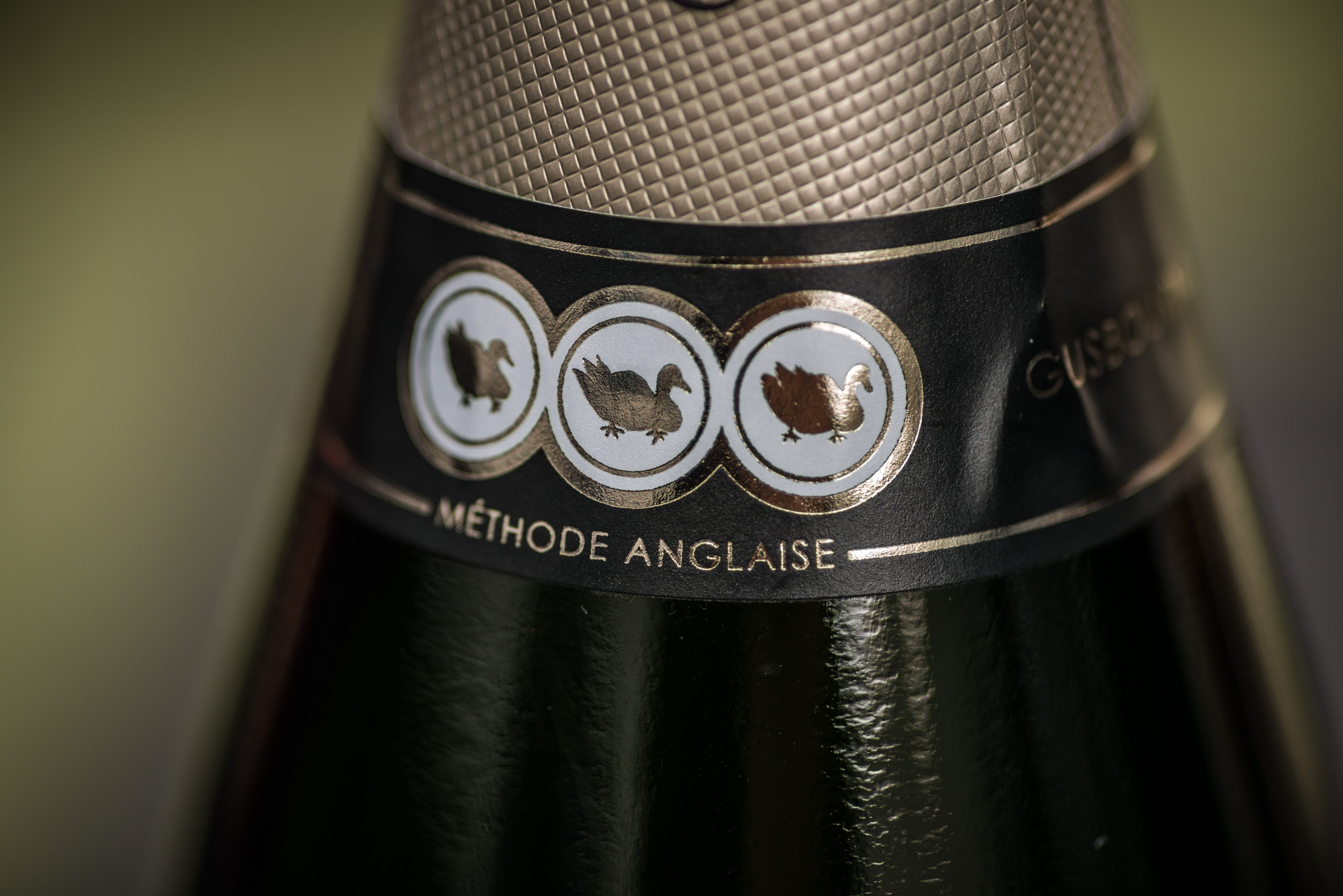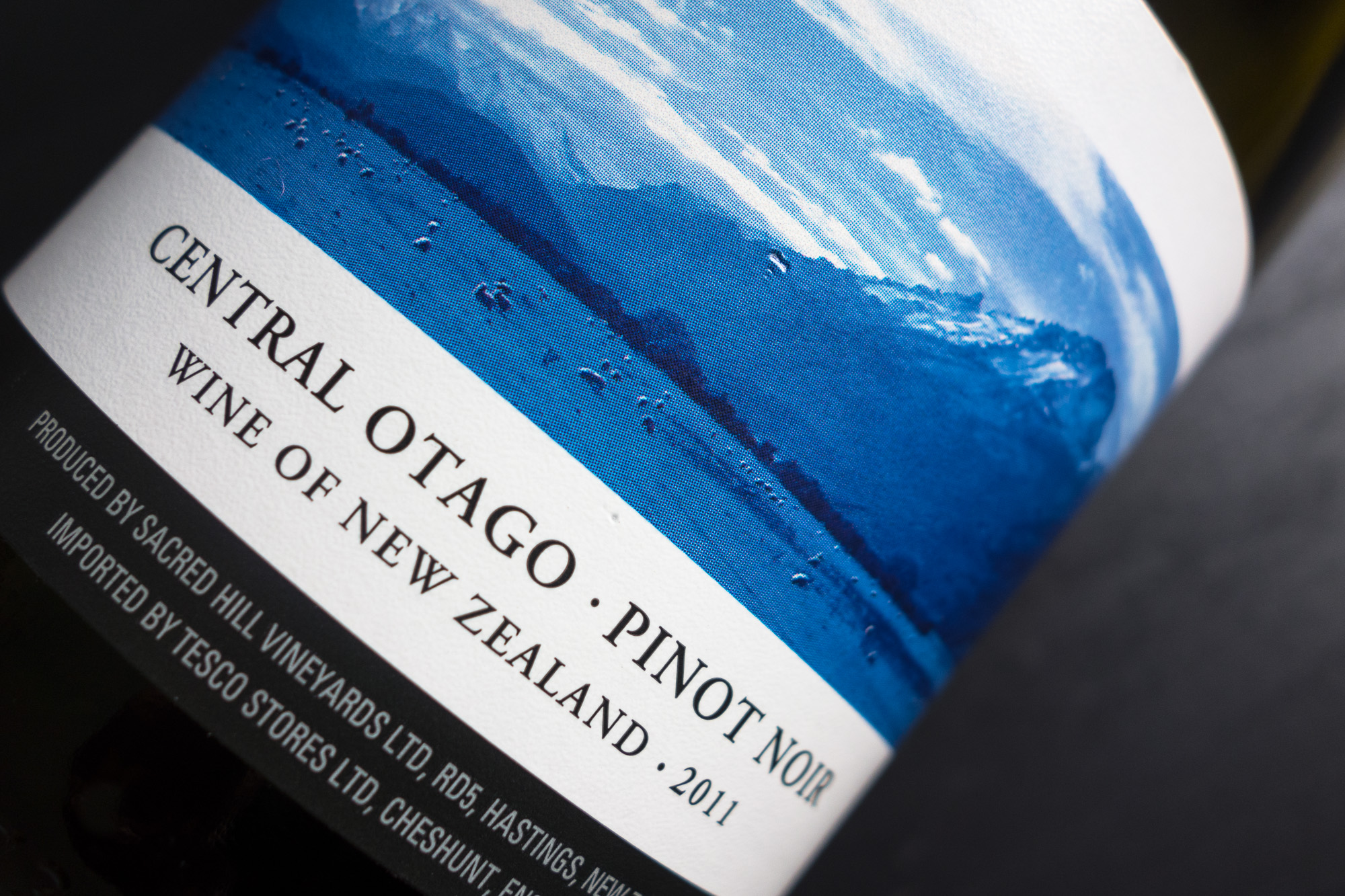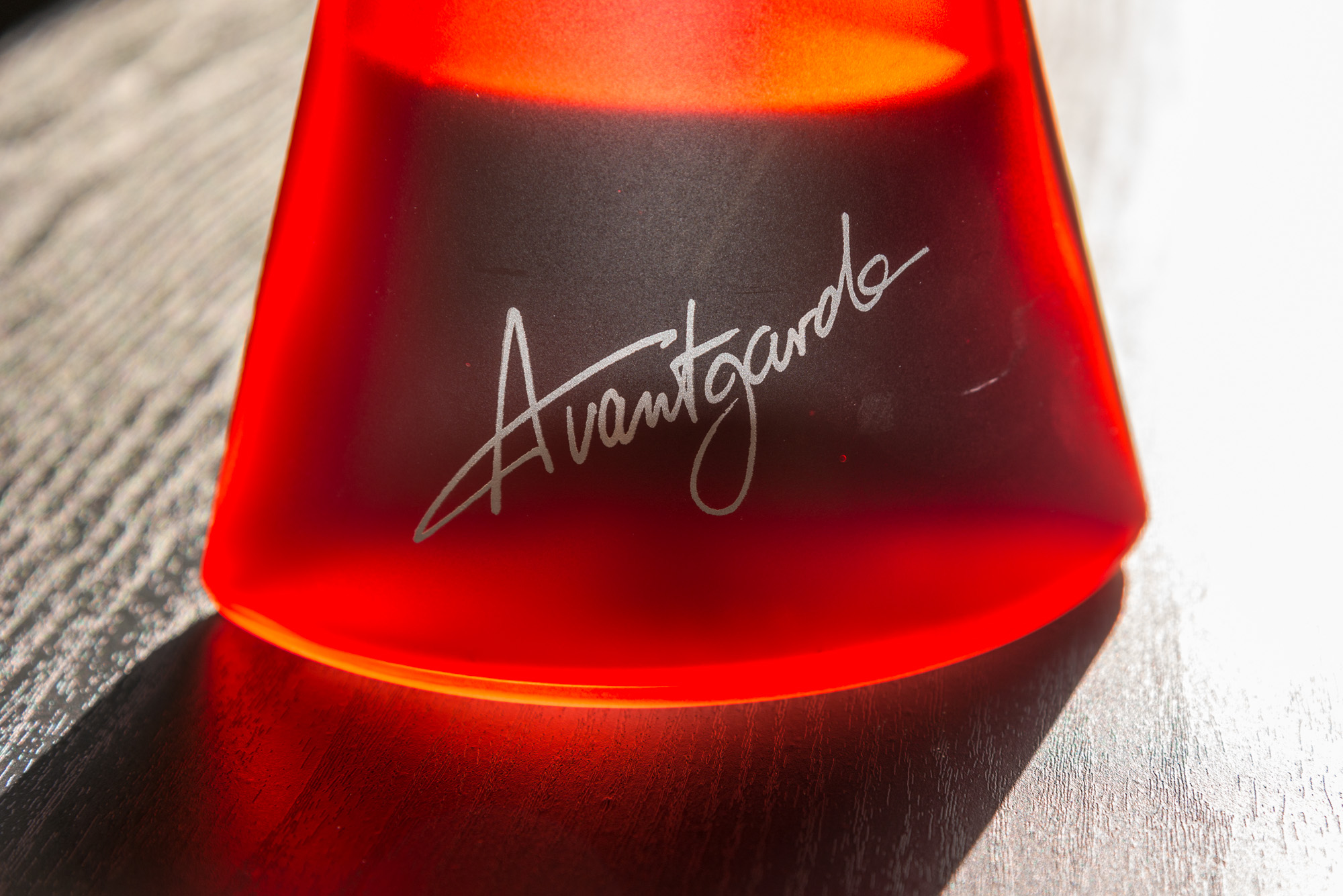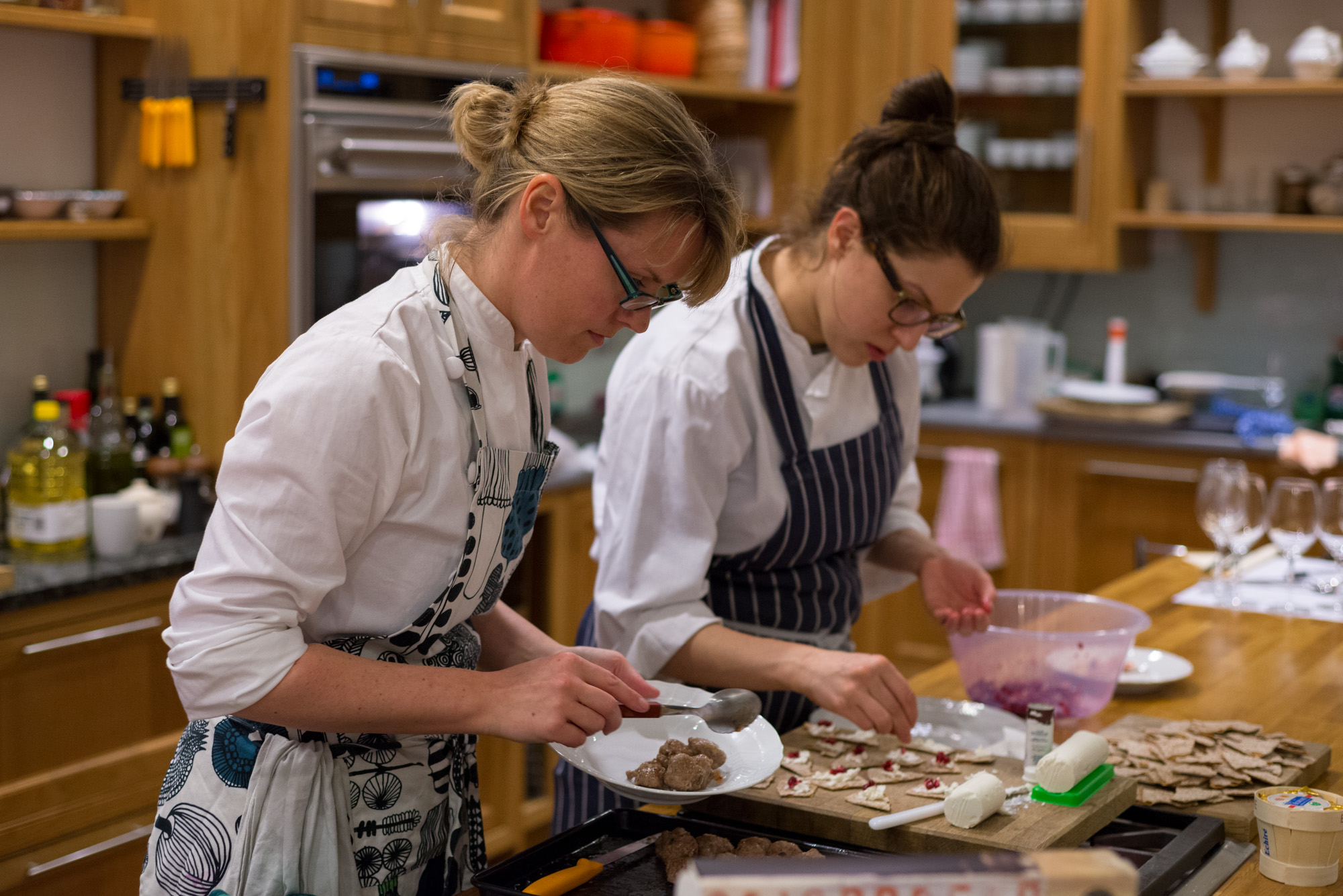Gusbourne, Blanc de Blancs, 2007
It's so annoying not to be able to call it Champagne, when it is Champagne. This statement about English sparkling wine comes from the Crown's "resident wine expert", the Duchess of Cornwall. It highlights a sparkling rivalry between England and France where the Frenchmen have law and reputation on their side: no matter whether you make sparkling wine in the same way (Méthode Champenoise) and to the same quality only fizz from the Champagne region may bear that prestigious name. The plucky Brits have no chance winning this battle but they do at least have a battle cry: the Méthode Champenoise actually is an English method.

The banner under which this battle cry is made is that of the three geese of Gusbourne, and it came to me on a bottle of fantastic sparkling wine.









